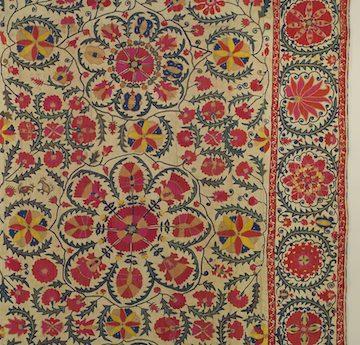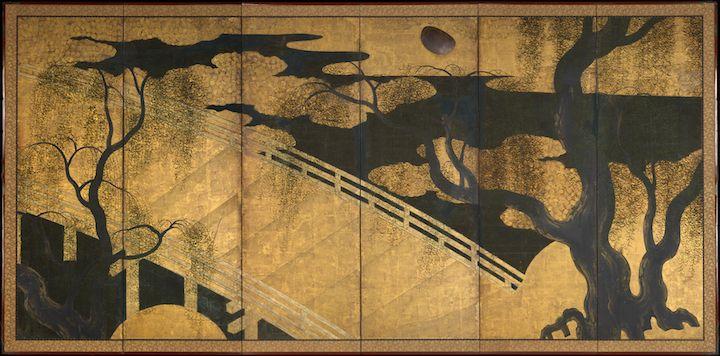Archive Fever: Met Collections Online
Thomas P. Campbell, Director and CEO of The Metropolitan Museum of Art, announced this week its adoption of a new policy: all images of public-domain artworks in the Museum's collection are now available for free and unrestricted use. The Met's Open Access policy facilitates the use of more than 375,000 images of public-domain artworks for both scholarly and commercial purposes.
To maximize the reach of The Met's Open Access initiative, the Museum announced its new partnerships with Creative Commons, Wikimedia, Artstor, Digital Public Library of America (DPLA), Art Resource, and Pinterest. What makes the Met’s announcement unique is these partnerships, which are designed to disseminate the artworks in the collection to the widest possible audience . Rather than having to come directly to the museum’s website, art lovers will now be able to find items from the Met collection at sites they already frequent, such as Wikimedia Commons and Pinterest.

Top: Willows and Bridge; Momoyama period (1573-1615), is one of a pair of six-panel folding screens; ink, color, copper, gold, and gold leaf on paper. The collection record includes this description: With their contrasts of large dramatic forms and brilliant metallic shimmer, these screens represent the zenith of the decorative style of the late sixteenth century. Under a moonlit sky, a golden bridge creates a strong diagonal from the right screen to the left. Above the bridge, a glowing moon made of copper and attached to the screen by small pegs bears witness to the dramatic scene. A large waterwheel turns in the stream and four stone-filled baskets protect the embankments. Gently lapping waves of silver paint are tarnished with age. Paintings combining willows, a bridge, and a waterwheel immediately evoke the famous bridge over the Uji River in southeast Kyoto, a scenic view long celebrated by Japanese artists and poets. The collection record can be found here
A search for “suzani”, embroidered Persian dowry coverlets such as the ones Robert Kushner handled in his work at Artweave Gallery [info], resulted in the piece at the left: Cover, early 19th century, attributed to present-day Usbekistan, Bukhara (detail) Info
Access to the collection can be found at metmuseum.org/openaccess.
Related blog posts about The Met's new image policy can be found on Now at The Met and Digital Underground, as well as on the websites of our partners Creative Commons, Wikimedia Foundation, and Artstor.&a mp;a mp;a mp;n bsp;






